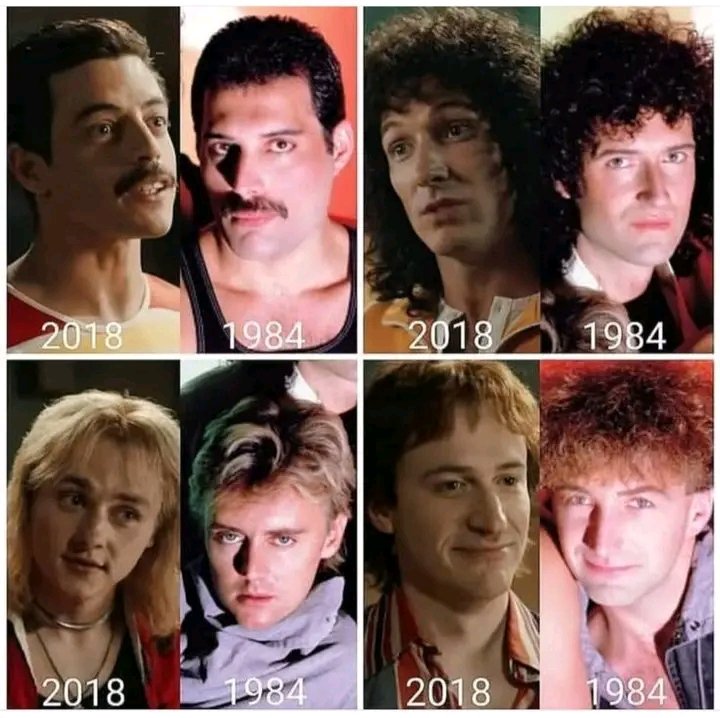“Bohemian Rhapsody” (2018): A Visually Electric, Musically Triumphant Tribute to Freddie Mercury and the Legacy of Queen
Bohemian Rhapsody (2018) is not just a biopic—it’s an emotional and electrifying cinematic celebration of one of rock music’s most iconic figures: Freddie Mercury. Directed initially by Bryan Singer and completed by Dexter Fletcher, the film paints a larger-than-life portrait of Mercury and Queen, capturing the essence of a band that defied convention and a frontman who refused to be boxed in by norms. From its first frame to the explosive recreation of Queen’s legendary 1985 Live Aid performance, the film surges with passion, nostalgia, and sheer musical energy.
At the heart of Bohemian Rhapsody is Rami Malek’s transformative, Oscar-winning portrayal of Freddie Mercury. Malek masterfully embodies both Mercury’s flamboyant stage presence and his more introspective, conflicted private life. The story takes audiences from Mercury’s humble beginnings as Farrokh Bulsara, a Parsi immigrant working at Heathrow Airport, to his emergence as the fearless, charismatic voice of Queen. The film explores Mercury’s internal struggles with identity, love, and acceptance, all while showcasing his unparalleled drive to create music that was as daring and original as he was.
The film also pays homage to the collaborative genius behind Queen’s greatest hits. It dives into the band’s creative process, illustrating how songs like “We Will Rock You,” “Another One Bites the Dust,” and the titular “Bohemian Rhapsody” came to life—often through spirited debates, experimentation, and an unwavering commitment to pushing musical boundaries. Each band member—portrayed by Gwilym Lee (Brian May), Ben Hardy (Roger Taylor), and Joseph Mazzello (John Deacon)—is given moments to shine, adding authenticity and depth to the group’s dynamic.
While the film does take certain liberties with historical timelines and compresses complex relationships, it remains emotionally resonant. The portrayal of Mercury’s romantic and emotional struggles, especially with Mary Austin (played by Lucy Boynton), is tender and heartfelt. However, some critics have noted that the film softens or omits more difficult aspects of Mercury’s life, including a more nuanced exploration of his sexuality and the AIDS crisis. Despite these criticisms, the film’s core message—that Freddie Mercury was a bold, brilliant individual who refused to live by anyone else’s rules—remains powerfully intact.
The musical centerpiece of the film is undoubtedly the meticulously recreated Live Aid concert at Wembley Stadium. This climactic sequence is more than a tribute—it’s a resurrection. It captures the raw power of Queen’s performance and Mercury’s indelible stage presence, transporting viewers into a moment that, for many, remains the greatest live rock performance in history. This scene alone solidifies Bohemian Rhapsody as not just a film, but an experience.
In the end, Bohemian Rhapsody serves as a soaring anthem to artistic freedom, personal resilience, and the enduring power of music. It stands as a poignant reminder that, like Mercury himself, some legends shine so brightly they cannot be dimmed. And as the final notes ring out, the message is clear: the show must—and does—go on.
